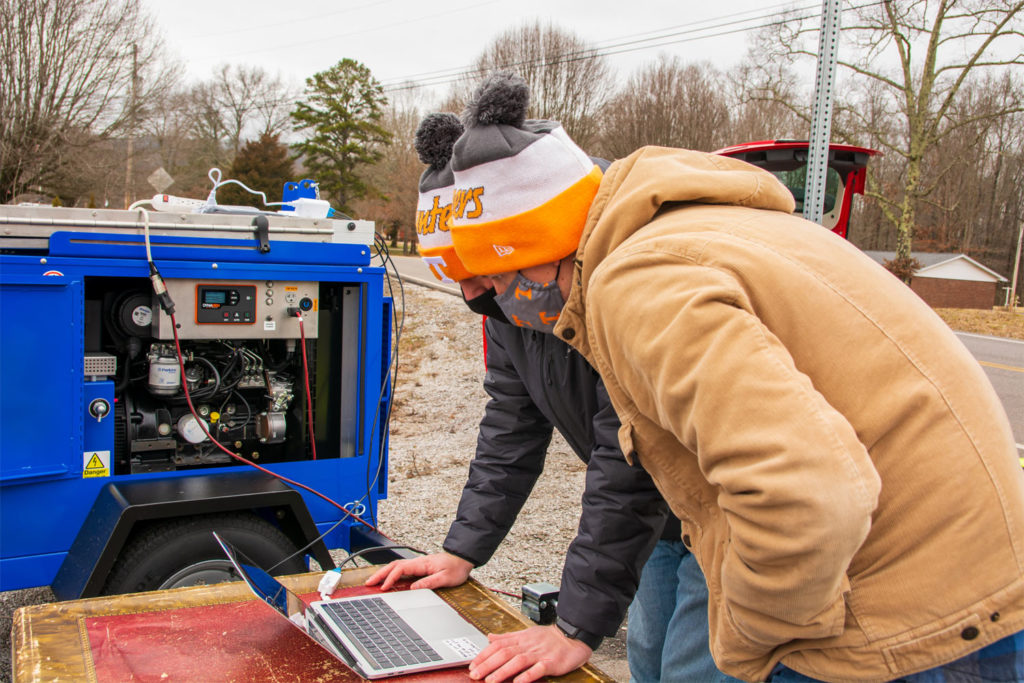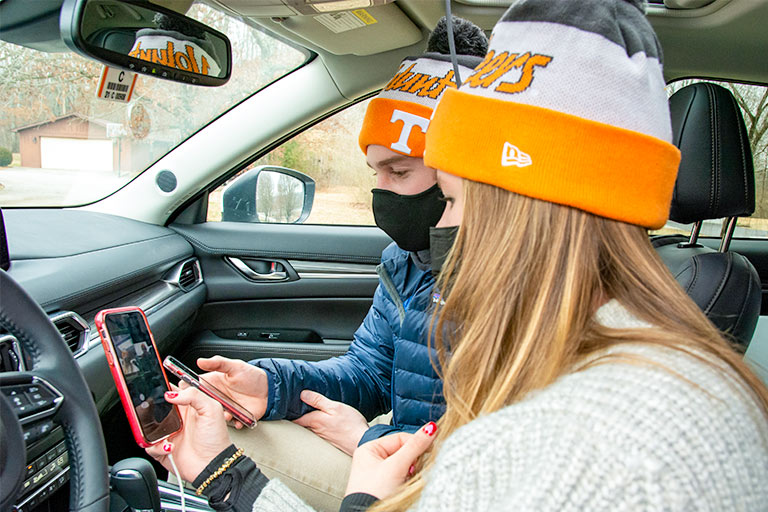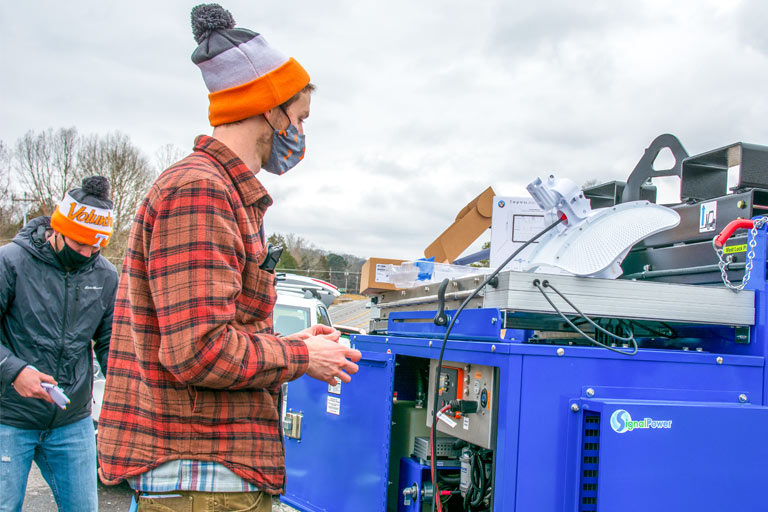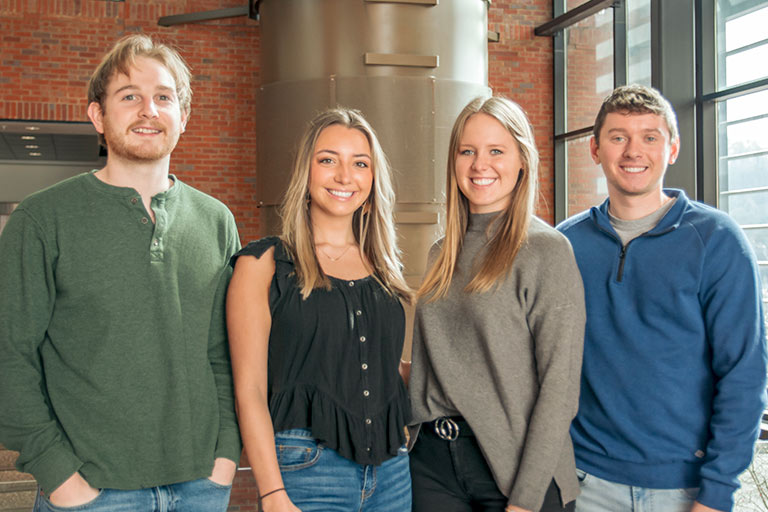Student Teams Work Together to Spread Internet Access in Roane County
Writing by David Goddard. Photography by Yvette Gooden.
The internet is an era-defining invention of modern times, having changed the way people communicate, conduct business, entertain themselves, consult with medical professionals, and, as the recent pandemic has shown, pursue their education.
Such vital areas of everyday life being connected in some way to the internet shows the importance of being able to access it, yet recent studies have shown that 87 percent of Americans have readily available opportunities to go online. While that sounds high, it means that roughly 42 million people in the US are at a disadvantage of having no ability to connect, 3 million more than the entire population of California, the most populous state.
In rural areas, the percentage of people lacking internet can be even more dramatic due to a variety of factors such as landscape, economic issues, and a more widespread population.
For example, roughly 30 percent of the population of Roane County cannot access high speed internet, or, in some cases, any internet at all.
“That includes approximately 6,300 Roane County Schools and homeschooled students who currently do not have access to a robust, reliable, and affordable broadband internet solution,” said Nathaniel Sexton, ISE team leader on a senior design project that is addressing the issue. “There are some options available such as fixed wireless and dial up, but these options are not reliable and most times not very affordable. Some residents have been quoted thousands of dollars to get internet connection to their house because the infrastructure is not there.”
ISE graduate student Lorna Treffert helped coordinate the project under the direction of Assistant Professor of Practice Floyd Ostrowski. In addition to Sexton, other ISE students on the team are Katherine Clayton, Katie Roberts, and Kevin McGinnity.
The ISE students teamed with students from a college-wide integrated senior design (ISD) project to help address those needs by providing cost-effective, reliable, and high-performing internet to Roane County, with each team bringing specific skill sets and working toward their own goals as part of the overall effort.
For the ISE students, the focus was on signal optimization within the county, analysis of the operation and installation of the system, and its long-term economic feasibility. The ISD team was originally tasked with creating a low-cost, moveable Wi-Fi that could be deployed in the event of natural disasters or outages, technology that had found a natural role in the Roane County project.
The combined effort of the two teams has produced a device that is roughly the size and shape of an elongated shoe box, making it extremely portable, easy to handle, and much more budget friendly to install than stringing new internet cables.
“It was important that whatever solution the teams came up with check off some key concerns,” said Treffert. “This system isn’t just easy to use and transport, but it marks a drastic reduction in costs, both to install and maintain. While that is important for this specific deployment in Roane County, it will also be a big factor in adaptation by other rural areas.”
The team was quick to credit Chattanooga-based Signal Power and wireless communications company Ubiquiti for their support, and Harriman-based ROANEnet, for helping bring the project to fruition through their push for improved internet access in Roane County.
The ISD team consisted of Matthew Jones, Garrett Galbreath, Hans Perry, Jianjun Xu, and Rachel Dylewski under the direction of Min H. Kao Department of Electrical Engineering and Computer Science Professor Husheng Li. Edwards Assistant Dean and Director of Integrated Engineering Design Keith Stanfill provided additional guidance as ISD leader.
While the initial goal is location-specific, the success of the project could later be replicated in the various rural areas across Tennessee’s 95 counties and beyond, helping everyone truly get connected.
Photo Gallery
- Students testing network signal.
- Students working on signal trailer.
- Group shot of student team in the Tickle Engineering Building.
- Students at test site in Roane County.




